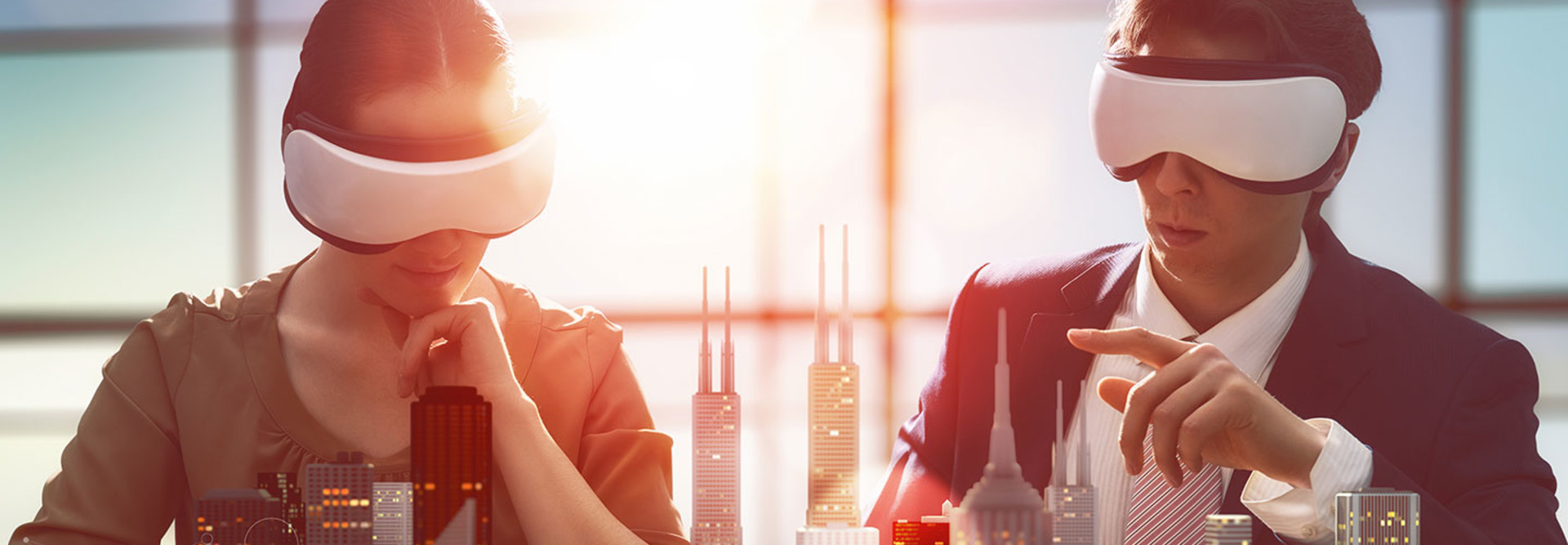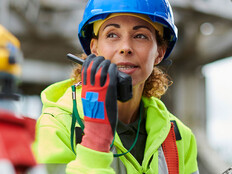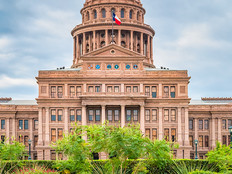Virtual Reality Gets Real for State and Local Agencies
In May, Louisiana revealed five one-minute videos that — using virtual reality — allow anyone to experience the state’s rich culture firsthand. Viewers can enjoy everything from a Mardi Gras parade and airboat ride to a crawfish boil.
“We can show you pictures of Louisiana, but we really weren’t able to convey that experience exactly. We weren’t able to put you in that airboat, seeing the alligators. We weren’t able to take you to the No. 1 bass fishing lake and catch a bunker,” says Barry Landry, director of communications for the Louisiana Office of Tourism.
With recent advancements in VR and a lower price point, interest has surged, says Tuong Nguyen, an immersive technologies research analyst with Gartner. Although the technology has not fully taken off in the government space, he says, early adopters continue to explore VR’s possible benefit to employees, constituents and the bottom line.
SIGN UP: Get more news from the StateTech newsletter in your inbox every two weeks
States and Cities Gain an Edge with VR
At the South by Southwest technology conference in March, Albuquerque Mayor Richard Berry said he was optimistic about VR’s potential for the city’s 311 service. “If we can use it to be more efficient, I think this next tranche of virtual reality is going to help our already great employees provide better service,” he said.
Louisiana tourism officials plan to use VR videos at trade shows with the goal of drumming up business for Louisiana’s tourism industry.
“This is going to give us an edge at these conventions and trade shows we go to,” Landry says.
For now, people can view the videos on VR headsets, but Landry says the team will also soon offer cellphone access.
“The potential applications are nearly endless,” says Jared Green, senior communications manager for the American Society of Landscape Architects. In particular, VR can help constituents to better understand the spatial implications of a new neighborhood development or take tours of proposed plans and designs, he says.
Sparking Cost Savings with Virtual Fire and Police Training
VR’s potential in public safety will also be explored.
The Pima County Sheriff’s Department in Arizona has used VR to train its deputies for at least a decade.
Officials launched the current program in 2014, which offers a 300-degree immersive VR experience that trains with real-life scenarios, says Sgt. Roderick Aguirre, the department rangemaster who oversees the program.
While nothing can take the place of in-person training, Aguirre says VR often outperforms in-person training in cost-effectiveness and efficiency.
“As far as versatility and efficiency,” he says, “it’s hard to beat the simulator.”








